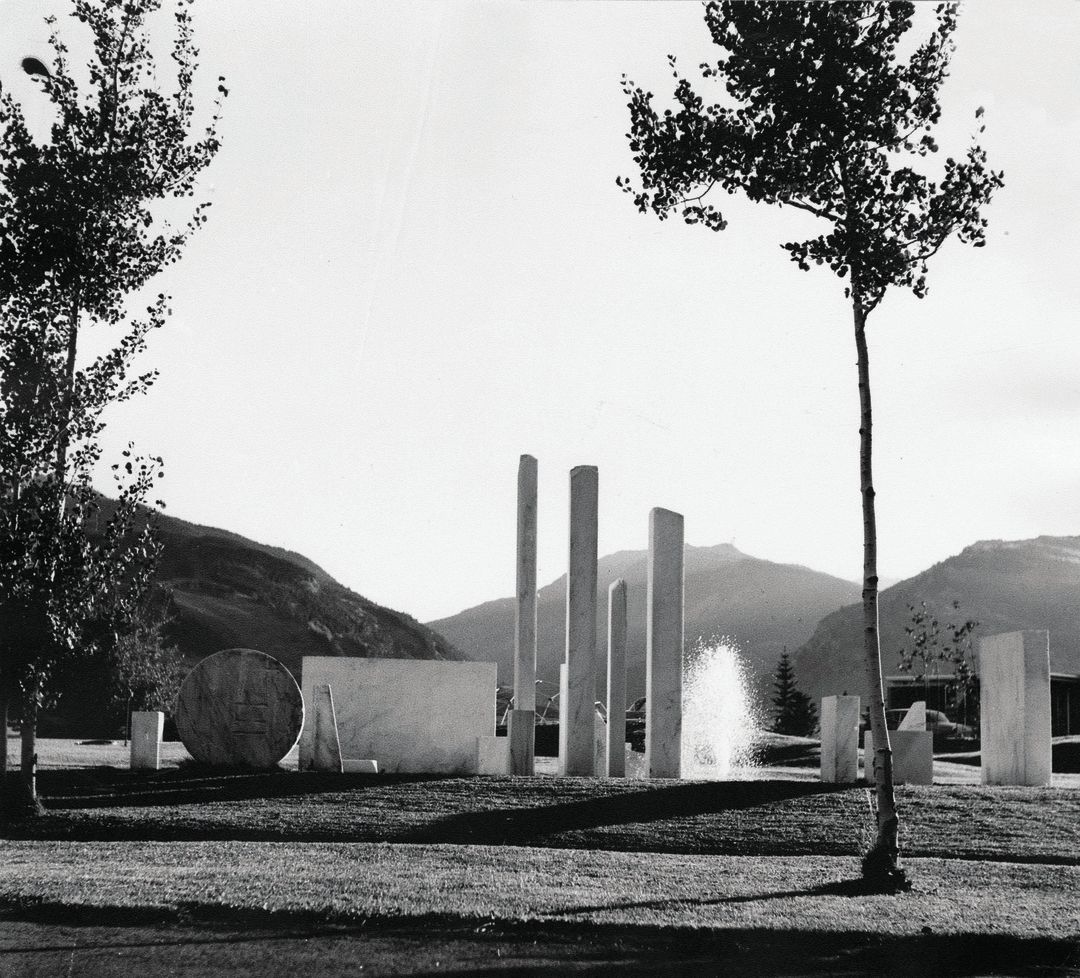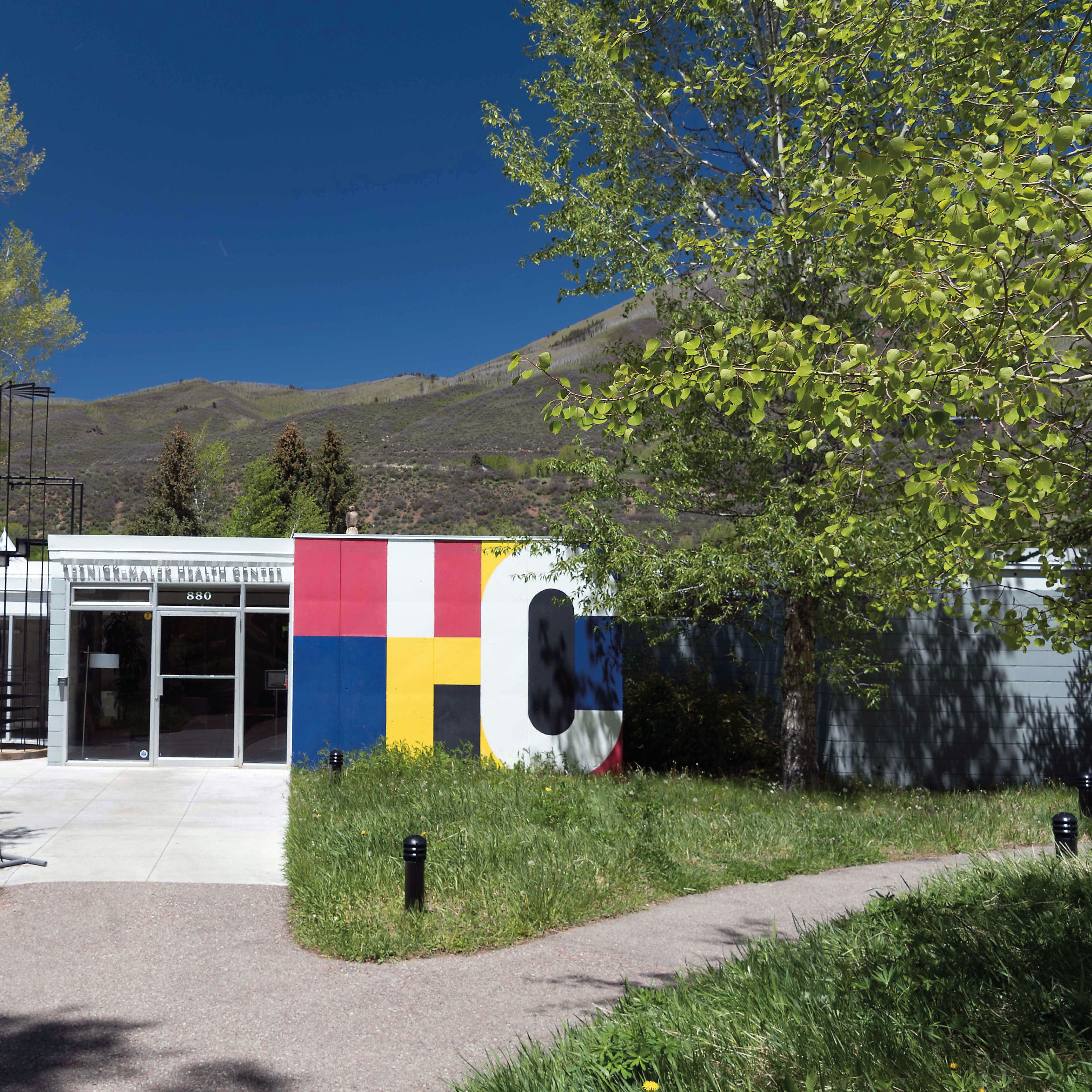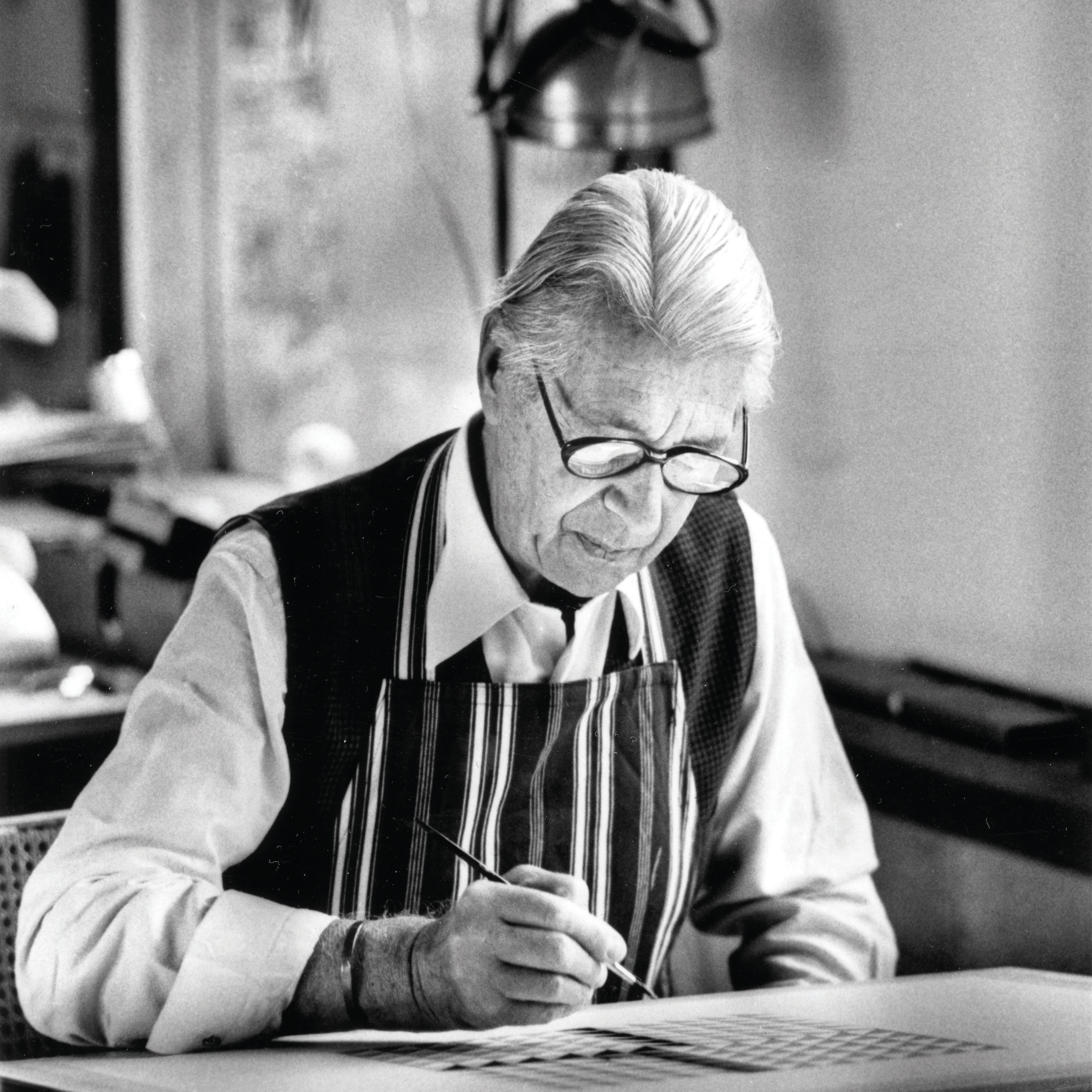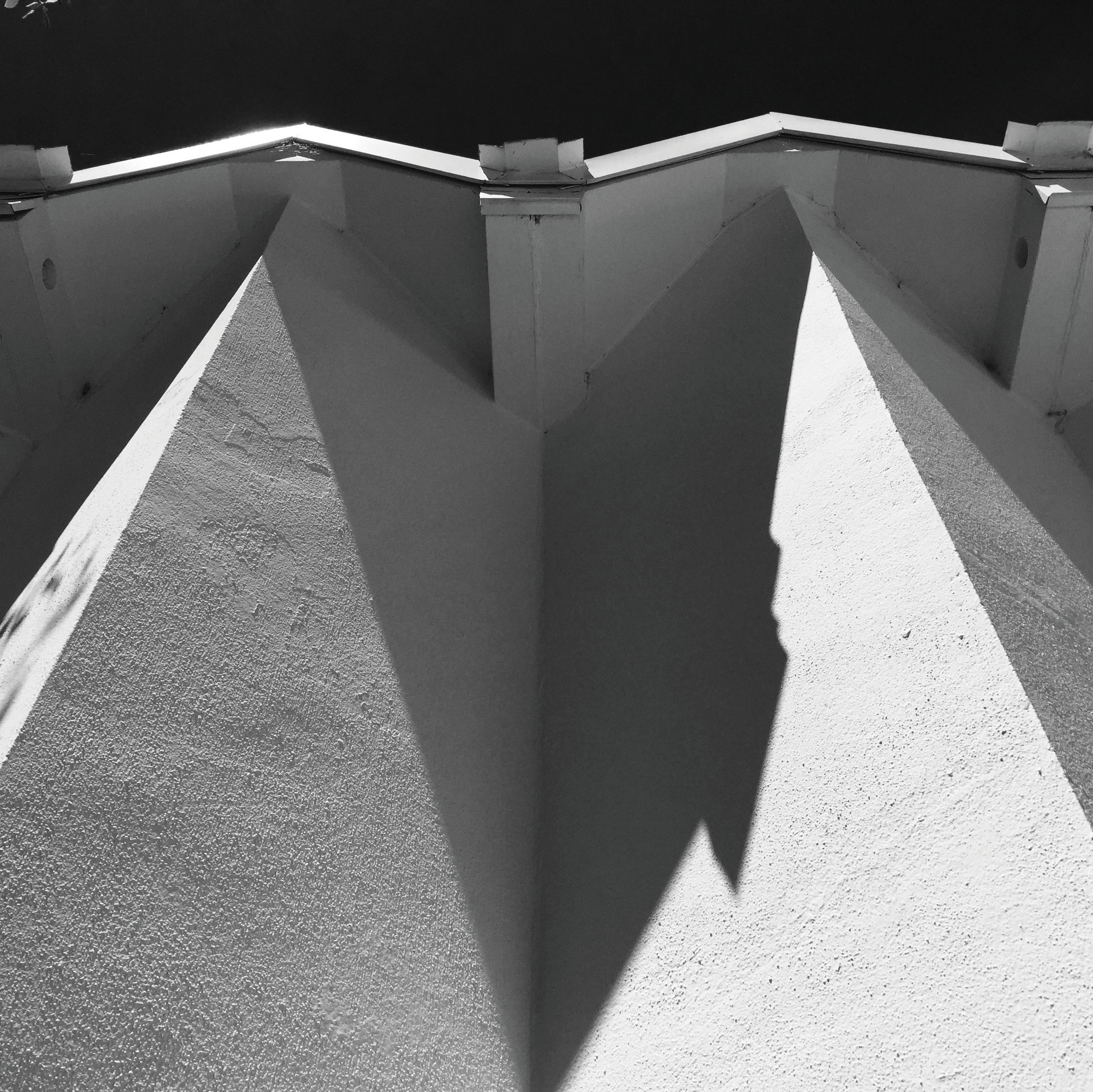Take a Tour of Bayer-Designed Outdoor Art at the Aspen Institute

Bayer's Marble Garden
As a landscape architect with a particular interest in cultural and historical elements, Ann Mullins is a natural to lead outdoor walking tours of the Aspen Institute. After receiving a grant three years ago from the National Park Service to research and report on a historic American landscape, Mullins set out to document Herbert Bayer’s work on the Institute grounds, from 1947 to 1973. And she discovered a lack of easily accessible information about the landscape elements.
The following summer, fresh off her extensive research effort, she offered to lead outdoor tours at the Institute and share some of what she learned. Now Mullins, also a city councilwoman, gives hour-long tours every other week from June through late September; in two years, they’ve grown from two or three participants to an average of 15.
Starting at the Doerr-Hosier Center, Mullins leads guests by Bayer’s pioneering Grass Mound and his Marble Garden, both built in 1955. The group also stops at the Kaleidoscreen, an experimental work Bayer made for Alcoa that reflects his interest in interactive art. “The piece used to be by a pool near the Institute’s reception center,” says Mullins, “and people would moderate the climate by moving the louvers to change the wind or provide shade.”
The Bayer-designed Anderson Park, also on the tour, contains four more of his mounds, plus a depression in the ground—a counterpoint to the mounds—and a kidney-shaped pond with a floating doughnut of grass in it. “Bayer had a bizarre sense of humor,” notes Mullins. His interest in earthworks is just another facet of his design philosophy, allowing him to work not only with shapes and figures but also with the sun and shadow, and natural textures. Says Mullins, “He was experimenting with different types of design and how to create artwork that engaged people.”
The tour wraps up by the Paepcke building and the nearby sgraffito mural.
Next up? Mullins is contemplating an architecture tour. But, happily for her interest in documenting the past, that will require more research first.

















































